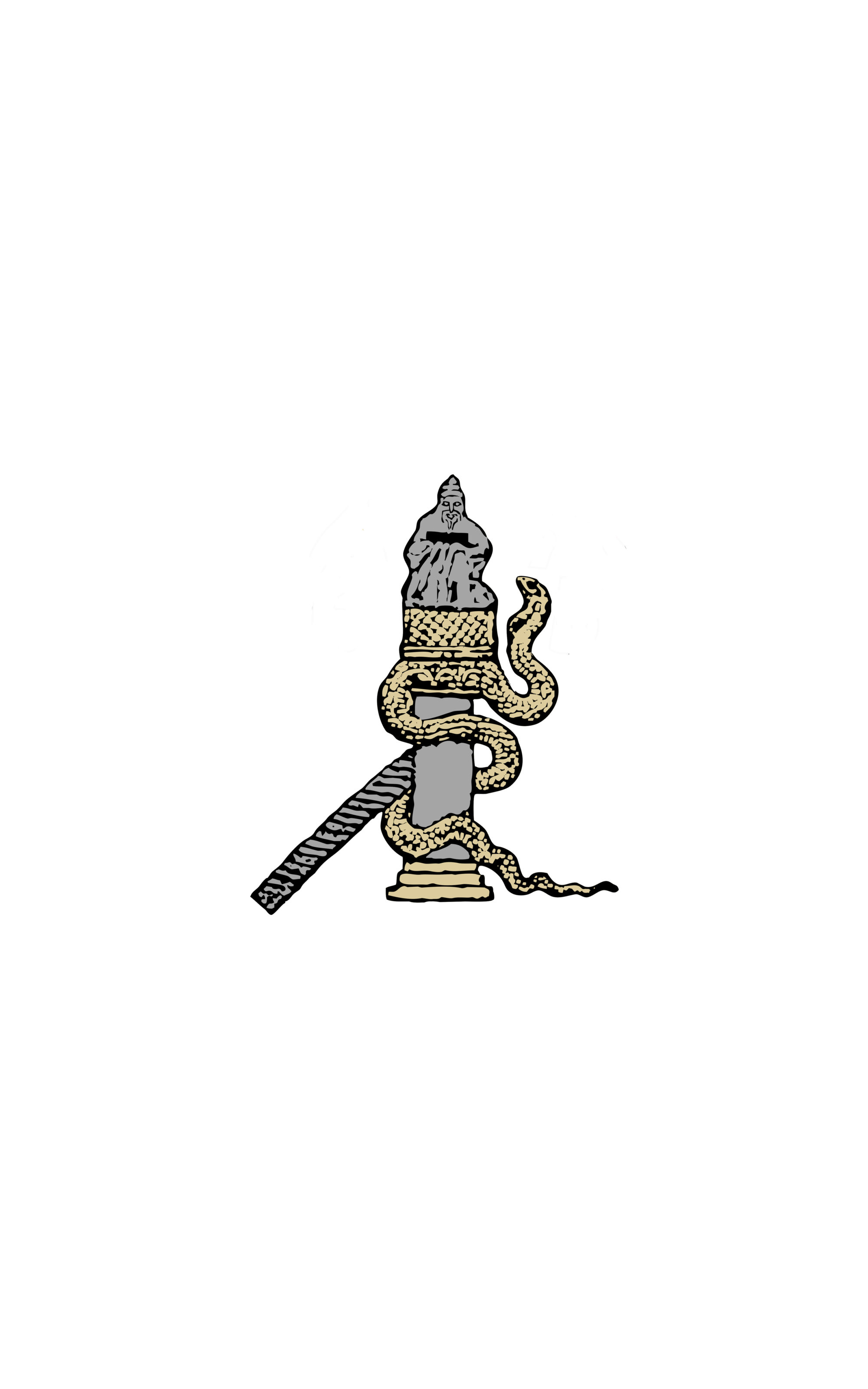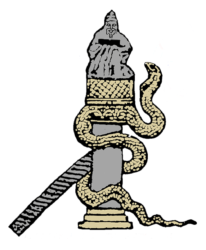Call for Papers – OUBS Graduate Conference February 22-23 2019, University of Oxford
« Contested Heritage: adaptation, restoration and innovation in the Late Antique and Byzantine world », Oxford University Byzantine Society, 22-23 February 2019, History Faculty, Oxford.
Byzantines considered themselves the legitimate heirs of the ancient world, a title they passionately defended against emerging empires east and west that also claimed hereditary rights to the Graeco-Roman past. From the fostering of cultural, scientific, and literary revivals and the commissioning of projects that used a well-established artistic and architectural vocabulary to the collection, conservation and display of consecrated ancient artefacts, anachronism was a powerful political and cultural tool, frequently used to build analogies with either past prosperity or a divine eternity. In addition, the use of deliberate archaism in literary forms and language served as both a demonstration of classical learning and elite status. Especially in Constantinople, ceremonial practices not only invited the participants to experience past events as if they were present, but also processed through consecrated landmarks from different historical periods – merging perception of space and time in a single, collective experience. Nevertheless, literary sources, such as the Parastaseis Syntomoi Chronikai, reveal that Byzantines sometimes had only a limited understanding of their own history and urban heritage. They compensate with interpretations, based on oral tradition and observation that often endowed ancient architectural remains and statues with a contemporary relevance. Subsequently this interpretation of the past was actively reshaped to fit contemporary worldviews. Lastly, extensive reuse of ancient material dominates our perception of Byzantium. Innovative aspects of its cultural output therefore often lie unnoticed and are deserving of greater scholarly attention.
Including contributions on political, social, literary, architectural and artistic history, and covering geographical areas throughout the central and eastern Mediterranean and beyond, this conference aims to provide a kaleidoscopic view of how cultural heritage was constructed, perceived and maintained in Late Antiquity and Byzantium. To that end, we encourage submissions from all graduate students and young researchers, encompassing, but not limited to, the following themes:
- Literary works: stylistic imitation, adaptation and innovation in form and function of narrative sources and other literary production, as well as incorporation of older texts, historiographical traditions and archaiologia.
- Manuscripts: scribal habits, palimpsests, marginal comments, illustrations and other decorative elements.
- Architecture and urbanism: repurposing, adaptation and restoration of buildings and sites, architectural innovation and symbolism, monumentality, genius loci, use of spolia.
- Religious objects: translation of relics, liturgical equipment, and vestments.
- Ceremonial practice: religious processions, triumphs, adventus.
- New aesthetics, especially in the reuse of old material.
- Sculpture: interpretation and repurposing of ancient statues.
- Epigraphy: textual content, form and style, use and location.
- Mosaics: departures from classical and late antique mosaics, reuse of materials and reinterpretation of existing compositions.
- Numismatics: reuse, adaption, or creation of imagery or types.
- Comparative perspectives of the above elsewhere, in opposition or concordance with practices in Byzantium.
- The past as a framework for political, legal and economic discourse.
- Contemporary reaction to innovation, both overt and when disguised as restoration.
Please send an abstract of no more than 250 words, along with a short academic biography in the third person, to the Oxford University Byzantine Society at byzantine.society@gmail.com by Friday, 23rd November 2018.
Papers should be 20 minutes in length and may be delivered in English or French.
As with previous conferences, there will be a publication of selected papers, chosen and reviewed by specialists from the University of Oxford in Late Antique and Byzantine Studies. Speakers wishing to have their papers considered for publication should try to be as close to the theme as possible in their abstract and paper. Nevertheless, all submissions are warmly invited.


